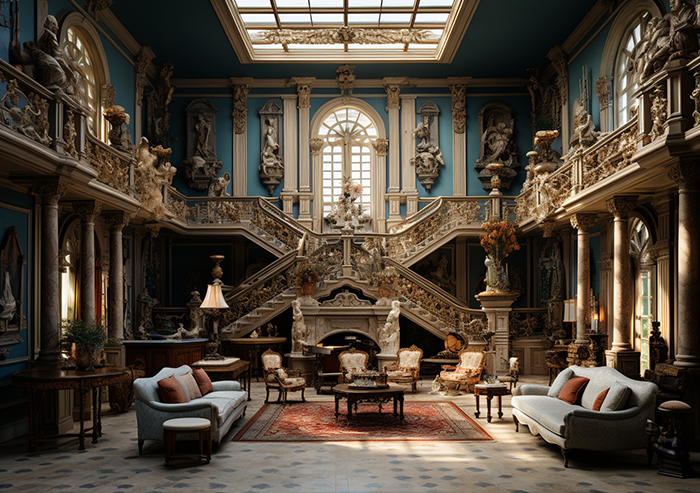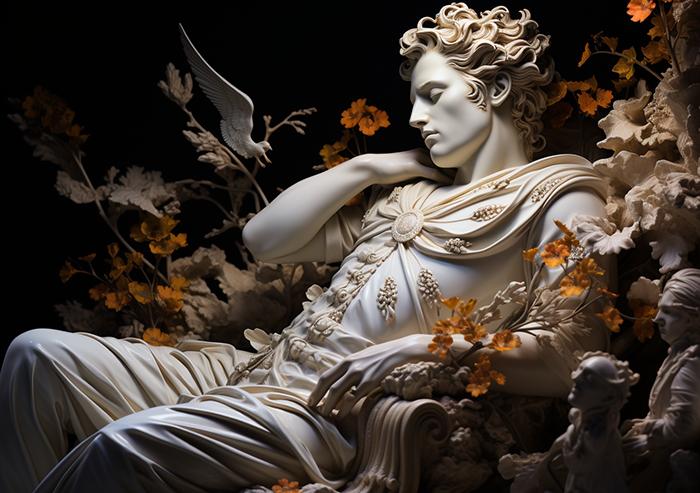The Resplendent Era of Neoclassicism
Introduction
In the wake of the flamboyant Rococo and the grandiosity of the Baroque era, the period known as Neoclassicism emerged as a pivotal movement in the history of art. Spanning roughly from 1760 to 1830, it sought to revive the principles and aesthetics of ancient Greek and Roman art. This blog post aims to illuminate the defining characteristics, influential artists, and enduring legacy of Neoclassical art.
The Genesis of Neoclassicism
The period was in many ways a response to the excesses of the preceding Rococo style. It arose in an age of Enlightenment, where rationality, decorum, and a veneration for the classical past held sway over the arts and sciences alike.
Defining Characteristics
A Return to Antiquity
The hallmark is its return to classical forms, themes, and subject matters inspired by ancient Greek and Roman civilization.
Neoclassicism Simplicity and Symmetry
Unlike the ornate and opulent tendencies of Baroque and Rococo, Neoclassicism championed simplicity, proportion, and symmetry.
Morality and Idealism
Artworks often portrayed virtuous themes, lofty ideals, and moralistic narratives.
Titans of Neoclassical Art
Jacques-Louis David
Perhaps no artist embodies this era more than Jacques-Louis David, famous for iconic works such as “The Death of Socrates” and “The Oath of the Horatii.”
Jean-Auguste-Dominique Ingres
A student of David, Ingres carried on the Neoclassical tradition, although he incorporated a level of emotional intensity that bordered on Romanticism.
Antonio Canova
In sculpture, Antonio Canova represented the epitome of grace and formality, as seen in his masterpiece “Psyche Revived by Cupid’s Kiss.”
Neoclassicism in Various Mediums
Although predominantly influential in painting and sculpture, Neoclassicism also made significant contributions to architecture, literature, and music.
Legacy and Influence of Neoclassicism
It paved the way for the Romantic era but remained an enduring force, re-emerging in various forms such as academic art in the 19th century and even influencing the modernist movements of the 20th century.
Conclusion
Neoclassicism serves as a testament to the timelessness of classical values in art. As we move forward into an increasingly complex world, the enduring legacy of Neoclassicism remains a touchstone for both artistic inspiration and cultural appreciation.


